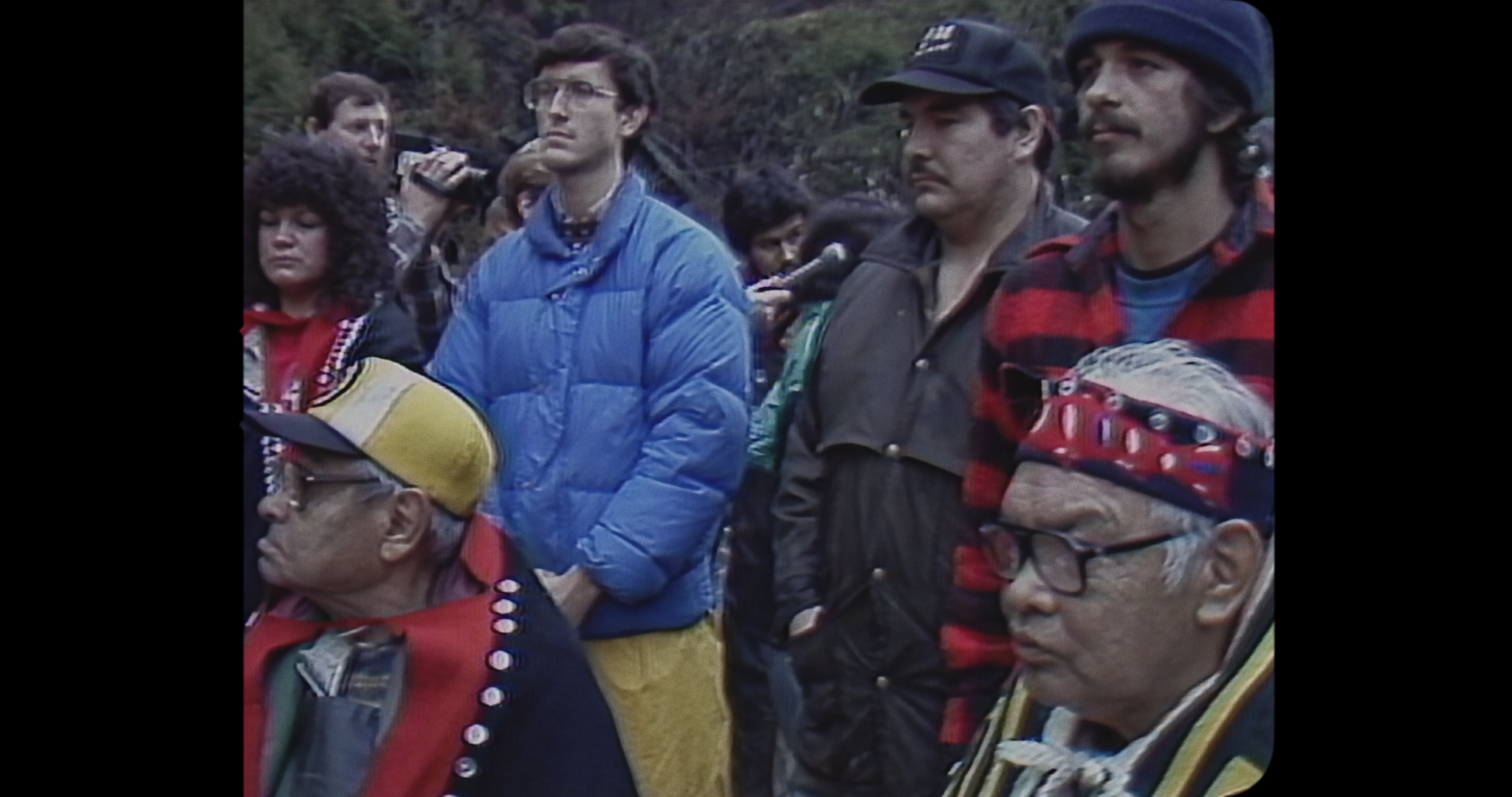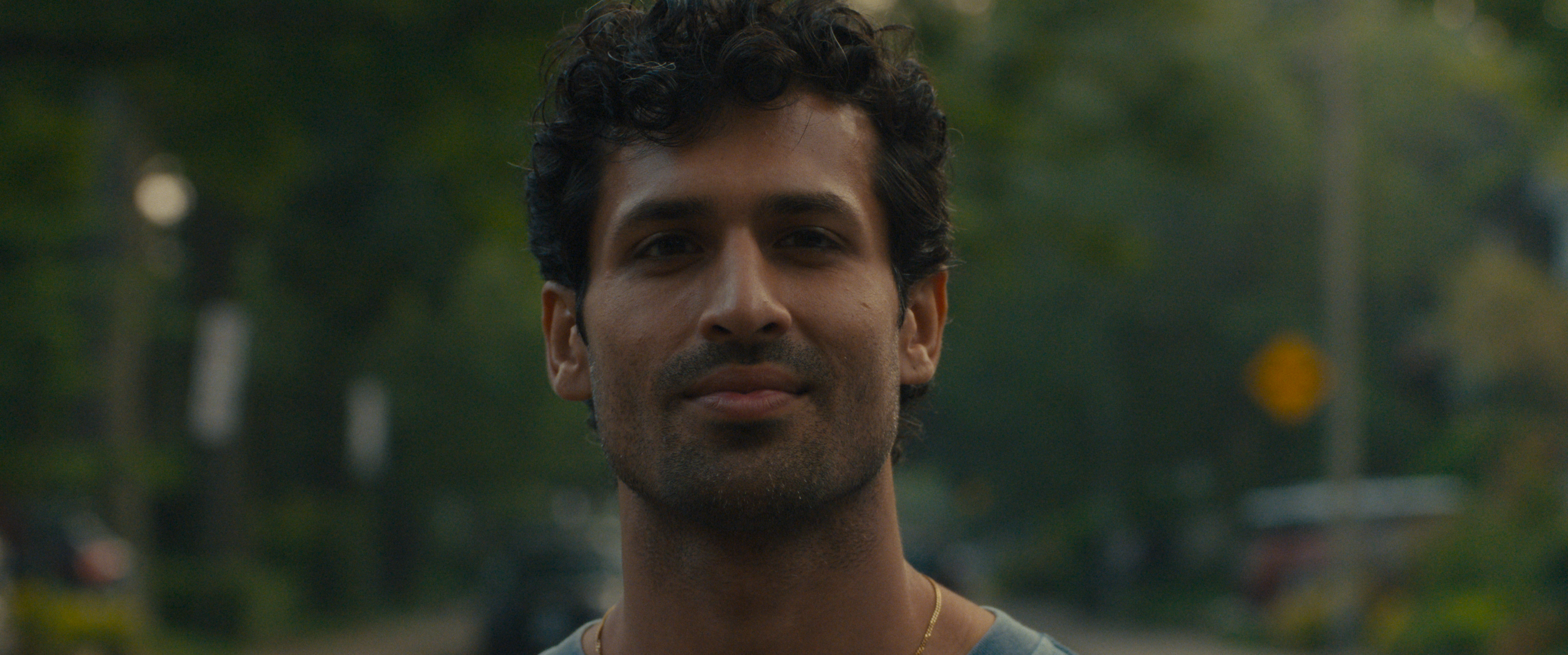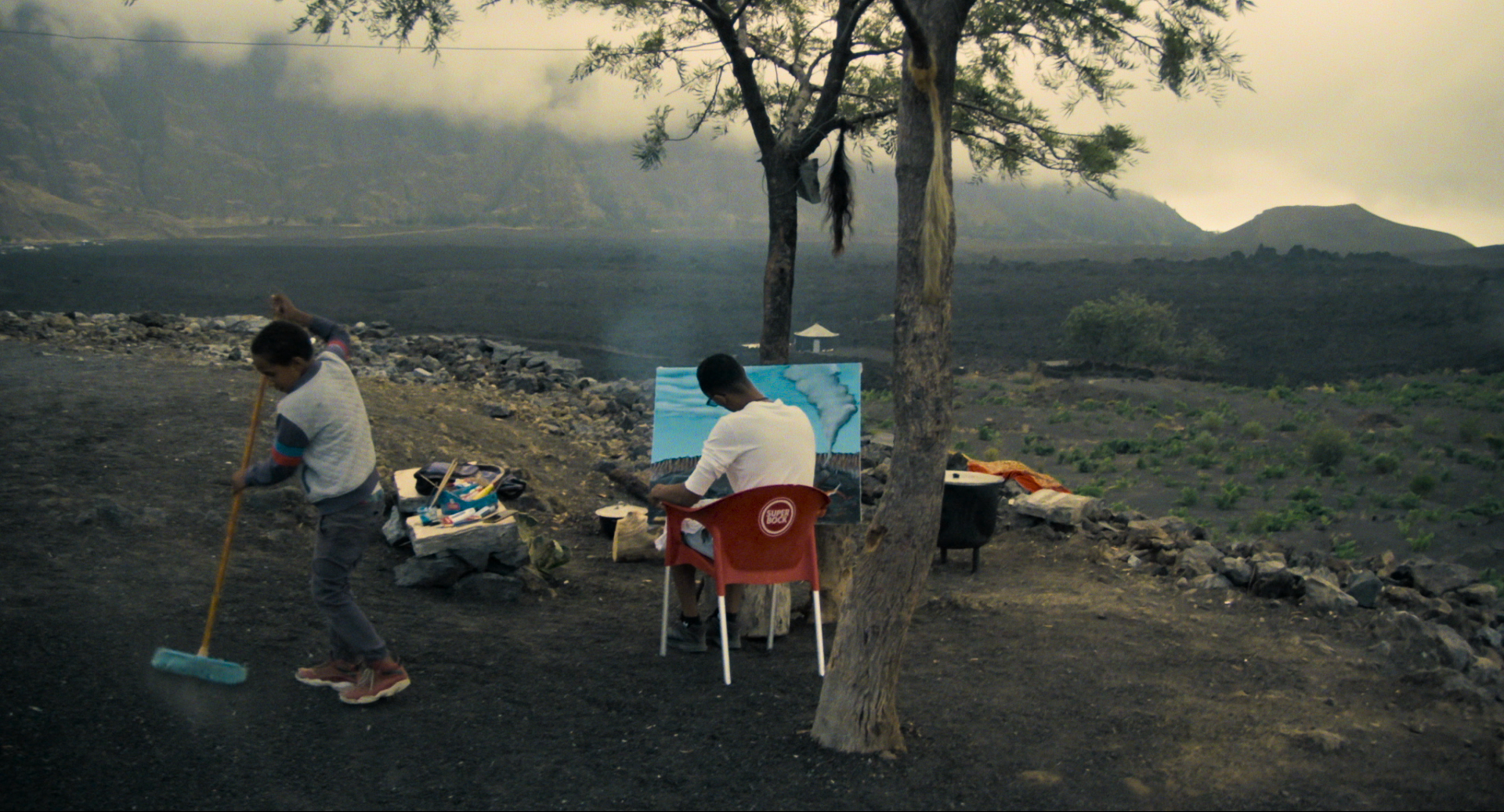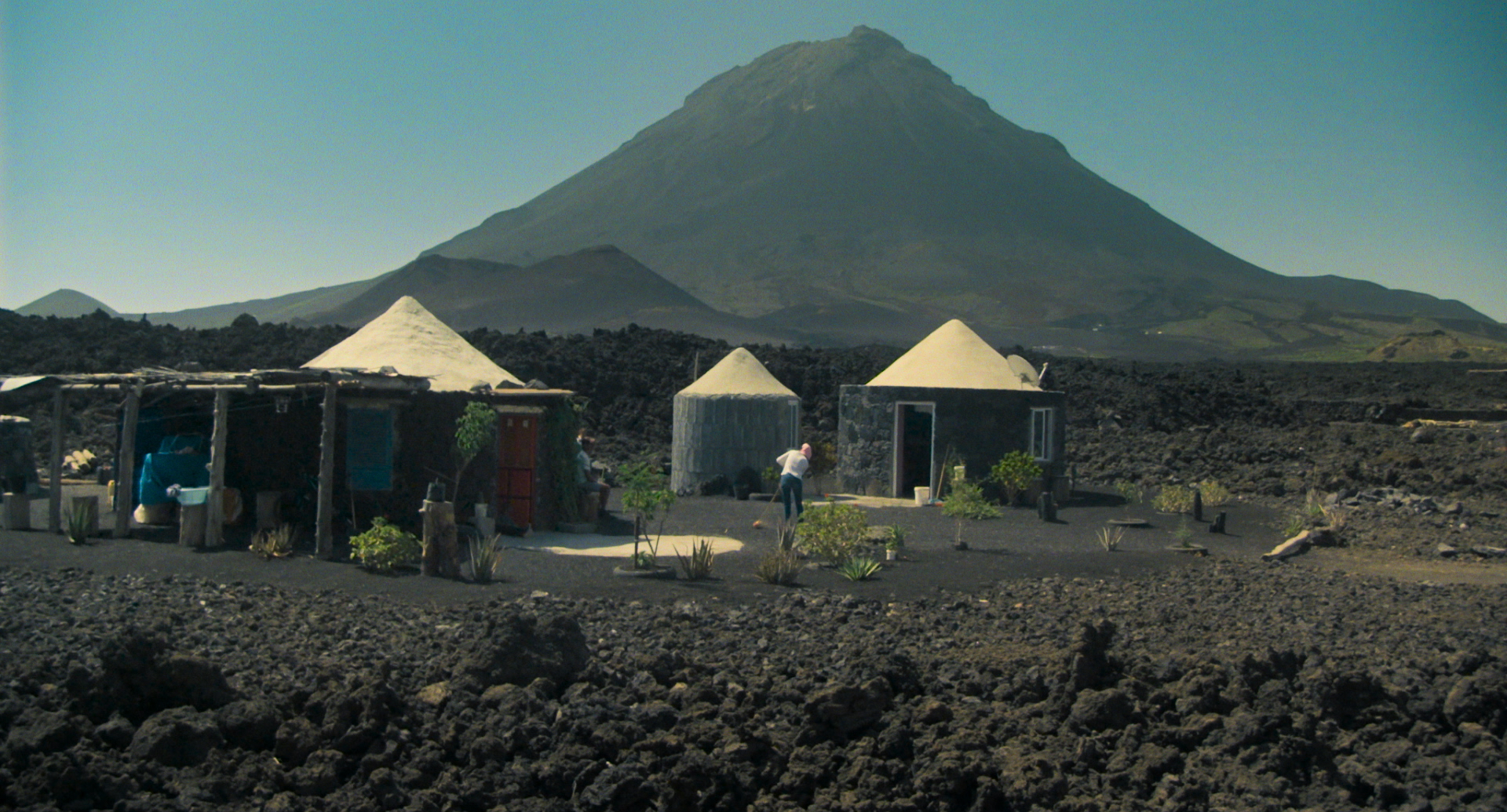
The Stand
“The Stand” recreates a historic confrontation between Indigenous elders and land defenders of the Haida Nation and colonial entities namely, the State of Canada and a logging company. The events originally unfolded in November 1985, on Lyell Island, off the coast of Northern British Columbia. The documentary uses recorded footage from the frontlines, archival clips of mainstream media coverage and a refreshing storyteller–an animated Haida grandmother spirit–Mouse Woman to present a factual account of the historic episode.

The director, Haida filmmaker Christopher Auchter, is not a mere observer. As the nephew of one of the Haida activists involved in the blockade, he is an integral knowledge-keeper of the pivotal struggle that set a precedent for Indigenous land rights and sovereignty across so-called Canada. Having received recorded tapes that ran into many hours, Auchter carves a compelling story–a deft blend of history, politics and culture–to contextualize the non-violent clash between Haida people and Frank Babban’s Logging Company. Perspectives of the Haida warriors and elders leading the blockade are foregrounded, especially their spiritual convictions that helped them stay steadfast against egregious escalations by the RCMP and Canadian politicians. We also glean into the politics of contempt and the capitalist rhetoric of conservative settlers who received favorable coverage on news programs. The protestors and land defenders do not turn to violence despite facing arrests and legal hassles. Their embodied spirit of intergenerational wisdom is depicted powerfully by Mouse Woman. Haida warrior Miles Davidson delivers resounding rebuttals to news pundit Max Webster. The multi-faceted story-telling documentary holds a mirror to the hypocrisy of settler notions of liberty and democratic rights.

An incisive record of decolonial resistance, this documentary is sure to inspire generations of similar struggles for landback and climate struggles around the globe. “The Stand” is an unequivocal indictment of colonial projects that rely on over-extraction of natural resources in the sensitive ecosystems of the Pacific Northwest. The tale of resistance continues to be relevant, harkening the need for going beyond the polite formalities of Truth and Reconciliation towards material reparations that honor the wisdom of the foremost stewards and caretakers of these lands.

Shook
A charming Canadian feature, directed by Amar Wala, “Shook” is a coming-of-age story about a man navigating a bunch of complicated relationships in (and with) the Greater Toronto Area. The plot delves into the life of a desi Canadian MFA grad, Ashish Sharma (played by Saamer Usmani) and his (mostly unpacked) baggage. His parents are navigating a divorce, his creative aspirations are tokenized by a white-centric industry’s expectations, his father receives a life changing diagnosis. Basically, there’s a lot going on. A whirlwind romance with a free spirited Claire (played by Amy Forsyth) catalyzes an unraveling for Ashish–at times exhilarating, at times debilitating.
There are many fresh moments in the plot, be it the compassionate portrayal of desi family dysfunctions or the subtle commentary on the racial contours of North American city design. The protagonist, Ashish, has a personality that simmers gently and sizzles occasionally, like dal tadka. His life choices indicate a yearning to assimilate, but he is often the token brown guy in white spaces. His tendency to live inside his own head feels grating, especially during confrontations with his mother. Therein lies the one big flaw in the storytelling: the writers’ inability to flesh out spunky brown women. Most encounters and relationships operate on the orbit of established white norms. The inter-racial friendships and romances take place in house parties, bougie coffee shops and micro-breweries. Scenes centering desi subcultures like hakka joints and inside the family home have flashes of authentic genius, with innovative pacing and deliberate camera angles.
Movies like “Scarborough” spoke to the tribulations of immigrant communities in the GTA. While “Shook” broke free of the racialised trauma bait, I would have liked to see more eccentric characters that confront white supremacy and patriarchy with radical emotions. Or, perhaps that’s a quest for Amar Wala’s next venture.

Shambhala
“Shambhala” is a Nepalese feature film, set in the high-altitude villages and mountains of the mighty Himalayan range in western Nepal. Directed by Min Bahadur Bham, the plot centers a newly wed bride Pema (Thinley Lhamo) in a polyandrous marriage to brothers Tashi (Tenjin Dalha), Karma (Sonam Topden) and the youngest brother Dawa (Karma Wangyal). An initial tranquil spell shows Pema in domestic bliss–she’s intimate with Tashi, almost sisterly with the soon-to-become monk Karma and showers maternal affection on the school-going Dawa. When Tashi sets off on a long business trip to Tibet, things take a dramatic turn. Patriarchal aspersions cast a newly-pregnant Pema into the rugged terrains of the Himalayas that eventually turns into a deeply spiritual odyssey for the protagonist.

The plot is antithetical to established western norms, so much so that it is impossible to analyze the protagonist’s journey solely through a feminist lens. Pema’s character borrows from Hindu mythology such as Mahabharata’s Draupadi (who was married to five brothers) and Ramayana’s Sita (betrayed by her male kin and cast into the wild while pregnant). Her epic journey parallels the ideals echoed by Buddhist notions of Samsara and Nirvana. The male characters are diverse agents of patriarchy (including the village school teacher, unironically named Ram). Pema’s emotional labor is wrung into quarters by disparate expectations. The male protagonists are not overtly violent or oppressive, yet there are many scenes that rip open the veil of moral indignation to uncover myriad hues of misogyny and masculine trauma. Most importantly, the ensuing story of Pema’s exile gives her ultimate agency while casting the male leads into the shadows of oblivion.

Aziz Zhambakiyiv’s cinematography captures Pema’s philosophical journey with keen loyalty. There are many awe-inspiring moments–dream sequences in the mythical haven Shambhala, tight frames in cozy indoor spaces, searing panoramas during Pema’s trying exile are just a few. The movie’s pacing is another aspect worth special mention. The first half bears greater momentum compared to the latter half. I personally enjoyed simmering in the meditative, sometimes painful awareness about Pema’s unfair plight. “Shambhala” is a piercing journey of exile, righteous suffering endured on a path to enlightenment.

Apple Cider Vinegar
“Apple Cider Vinegar” is a docu-essay whose initial spark is a kidney stone extracted from the storyteller’s body. Directed by Sofie Benoot and narrated by Siân Phillips (a retired wildlife documentary narrator), this meandering documentary features a series of mesmerizing vignettes. Armed with a crystalline memento that formed within her body, the storyteller travels places in a quest to unravel secrets entombed in diverse topographies. We are taken on a non-linear journey, peeling back layers of geological time to uncover the many consequences of human-induced environmental change.

From painters on a volcanic island in Cape Verde to an eccentric empath in California (whose chronic pains seemingly correlate with geological upheavals), there is much to ponder about the threads that connect man with nature. Webcam footage from unmanned locations across the globe document the disappearances as well as the playful antics of various wildlife species. The exploitation of labor and resources in the occupied territories of the West Bank is juxtaposed against a desire to preserve ancient fossils by Palestinian quarry-workers in their homes. By foregrounding a newfound vigor for life, in the aftermath of a health scare, “Apple Cider Vinegar” is an open-hearted adventure across space and time. It raises a thought-provoking appeal to channel the clarity of introspection into political and ecological consciousness.

“Apple Cider Vinegar” is a sensitive portrayal of cruel serendipities, a celebration of vital animacies inherent in earth’s geology. It requires the viewer to trust the narrator (despite the occasional esoteric tangent) to go on a journey of ecological despair, political unraveling and commitment to climate action. Like its namesake condiment, when consumed in moderation, it leaves the watcher with contemplative insights on unconventional solidarities.
Learn more about VIFF here.
– Annapoorna Shruthi
